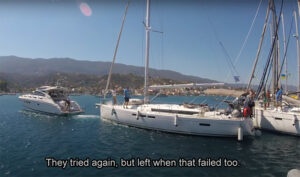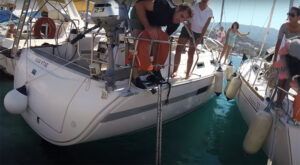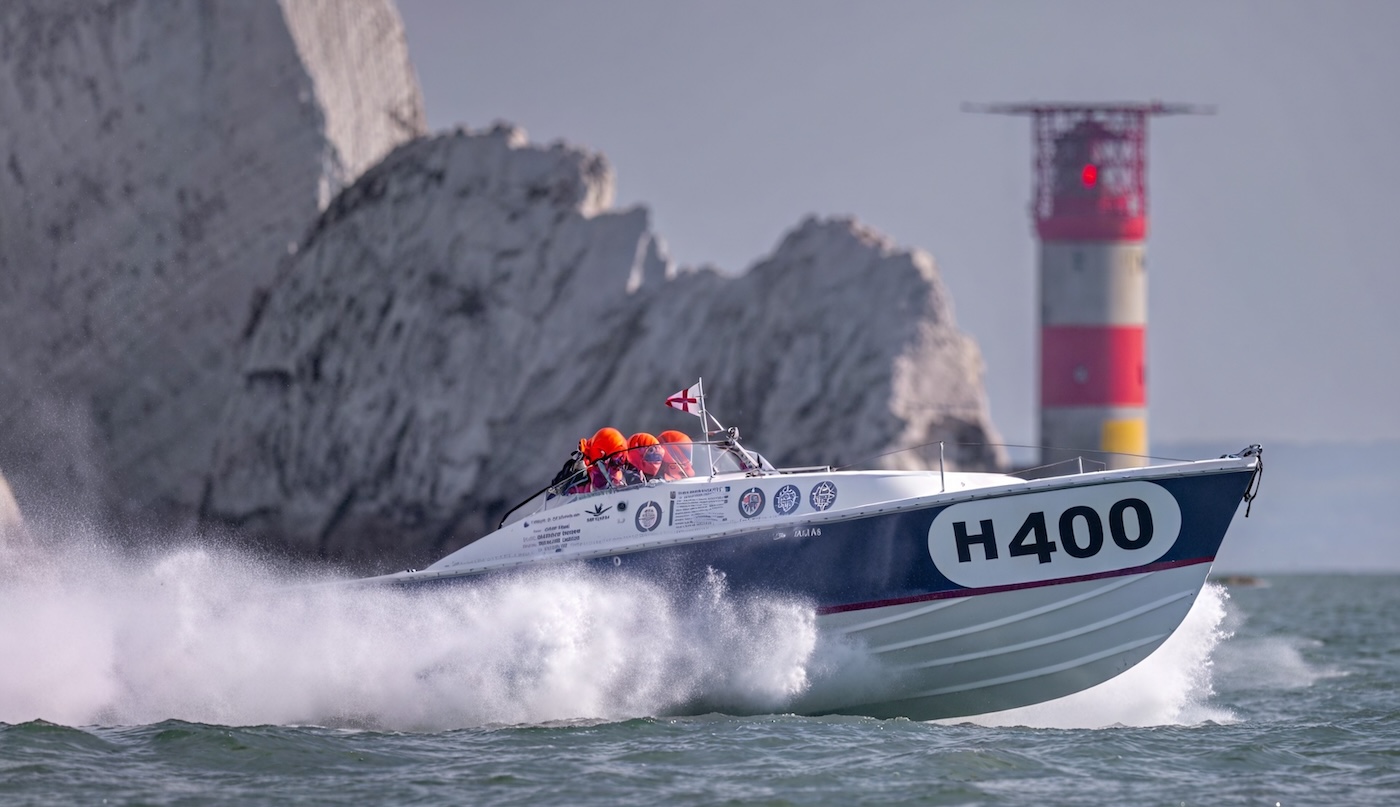Problemi di ancoraggio: gli errori da evitare in un video tutto da ridere, o quasi…
L’ancoraggio è una delle operazioni più delicate ma spesso anche più sottovalutate, in particolar modo da armatori poco esperti o troppo sbrigativi. Sì, perché, come il manuale della nautica insegna, prima di calare l’ancora, bisogna verificare diversi fattori: condizioni del mare, direzione del vento, distanza dalla costa, distanza dalle altre imbarcazioni ormeggiate, conformazione del fondale e via dicendo. Insomma, una volta giunti in rada, non è mica finita: il vero armatore è colui che vigila costantemente sulla propria barca anche e soprattutto dopo averla ancorata, perché le correnti possono voltarvi le spalle da un momento all’altro e lo scarroccio è sempre lì pronto a mettere in dubbio il grip della vostra ancora.
Certo, oggi la modernissime strumentazioni elettroniche di bordo, tra gps, autopilota, ecoscandaglio e allarmi vari, consentono di evitare agilmente qualunque tipo di imprevisto, ma non tutti hanno il privilegio di averle installate sulla propria barca, per questo è sempre meglio ripassare l’abc dell’ancoraggio, a partire dai canonici 7 metri di cima-catena da dare per ogni metro di profondità o dall’utilizzo di due ancore se il vento è forte o di un grippiale per non dire addio alla propria ancora inghiottita da un fondale ostile.
Problemi di ancoraggio e non solo: anche l’ormeggio non è da meno

Traditi dal vento, che a dire il vero non è nemmeno così feroce, ma soprattutto dalla loro impreparazione tecnica, gli impavidi armatori saranno costretti a chiedere soccorso a uno yacht che li rimorchierà per riportarli al largo, mettendo così in sicurezza le altre barche a rischio speronamento. E nemmeno la fase di ormeggio, come vedrete verso la fine del filmato, risulterà semplice e lineare, tanto che parabordi interposti a casaccio e cime legate con eccessiva flemma contribuiranno a un’altra figuraccia degna di Paperissima.
Dunque, godetevi questa compilation di errori marchiani rimediati durante le operazioni di ancoraggio e ricordate: tenete alto il livello di concentrazione mentre state per calare l’ancora, perché basta un niente per accorgervi che quella che avete appena gettato non è esattamente la vostra ancora di salvezza…











